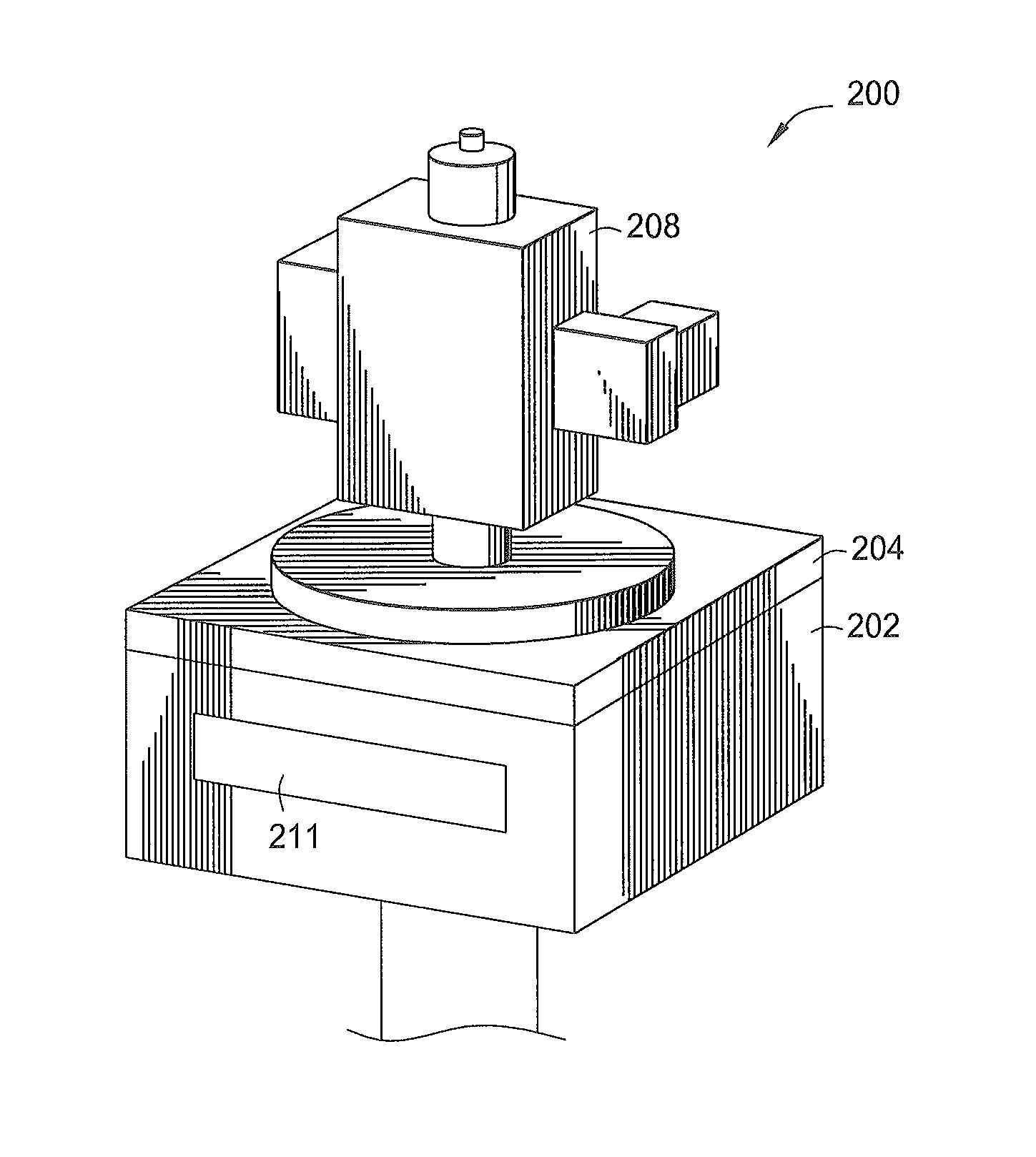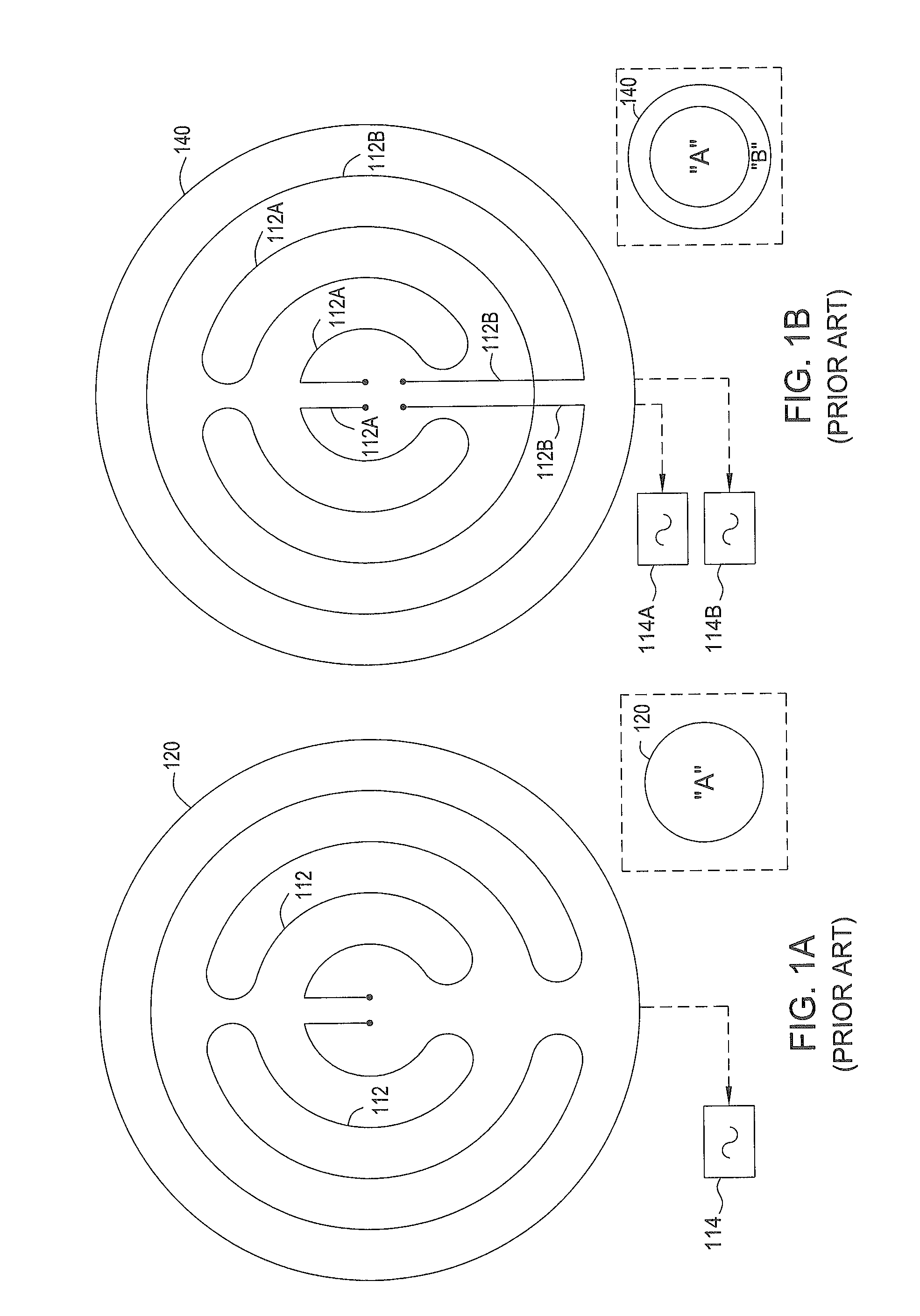Method and apparatus for substrate support with multi-zone heating
- Summary
- Abstract
- Description
- Claims
- Application Information
AI Technical Summary
Benefits of technology
Problems solved by technology
Method used
Image
Examples
Embodiment Construction
[0026]Embodiments of the invention provide methods and systems for controlling the temperature of a surface of a substrate disposed on a substrate support surface of a substrate support assembly. The substrate support assembly is disposed in a process chamber or a substrate processing system and generally includes a minimal number of heating elements connected to one or more power sources. The heating elements and the power sources are configured to control and adjust the surface temperature of the substrate support surface of the substrate support assembly into multiple temperature adjustable heating zones. For example, a single heating element (e.g., one single heating element loop with a single pair of power input and output leads) can be used to be embedded inside a support member of the substrate support assembly to define and control temperature adjustable heating zones. If multiple heating elements are utilized, the number of temperature adjustable heating zones exceed the nu...
PUM
 Login to View More
Login to View More Abstract
Description
Claims
Application Information
 Login to View More
Login to View More - R&D
- Intellectual Property
- Life Sciences
- Materials
- Tech Scout
- Unparalleled Data Quality
- Higher Quality Content
- 60% Fewer Hallucinations
Browse by: Latest US Patents, China's latest patents, Technical Efficacy Thesaurus, Application Domain, Technology Topic, Popular Technical Reports.
© 2025 PatSnap. All rights reserved.Legal|Privacy policy|Modern Slavery Act Transparency Statement|Sitemap|About US| Contact US: help@patsnap.com



